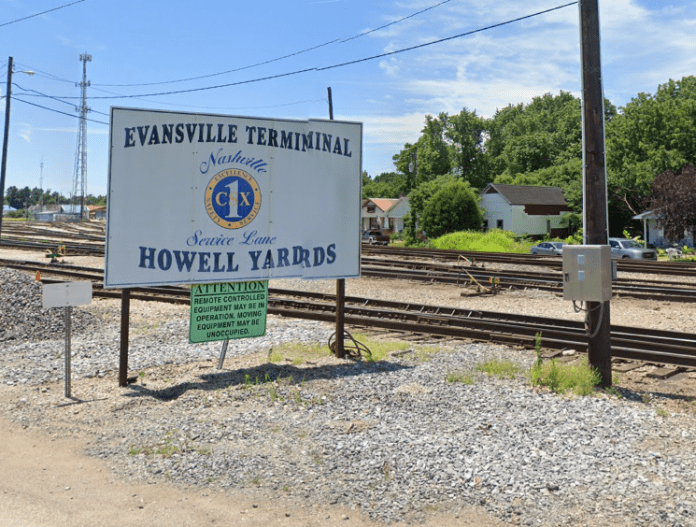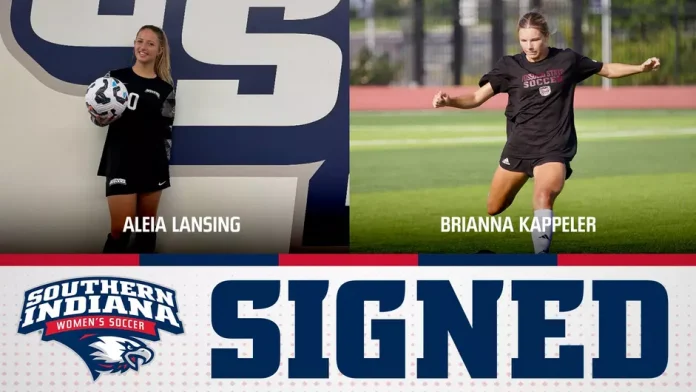Vanderburgh County Democratic Party Pride Month isn’t just a celebration- it’s in honor of the 1969 Stonewall Uprising for LGBTQ+ rights and a reminder that struggle is ongoing. March with us in solidarity in the River City Pride Parade this Saturday, June 7. Meet-Up location in the parking lot adjacent to the Sycamore Street parking garage at 11:15. Bring friends, signs and spirit 🌈
Upon arrival, deputies located a gray Chevrolet Malibu with heavy front-end damage, deflated tires, and deployed airbags resting on the railroad tracks. The vehicle’s operator, later identified as Randall W. Drury, was found walking near the scene while speaking on his phone. Deputies observed clear signs of intoxication, including slurred speech, bloodshot eyes, the odor of alcohol, and unsteady balance.
Drury admitted to consuming multiple alcoholic beverages several hours prior. Two teenage juveniles, who were passengers in the vehicle, were also located at the scene. Fortunately, no injuries were reported.
A preliminary investigation determined that Drury had been traveling at a high rate of speed, failed to negotiate a turn, and drove the vehicle onto the tracks, causing substantial damage to the railroad infrastructure. Deputies also learned from a witness that Drury and the juveniles attempted to hide alcohol containers following the crash.
Drury agreed to perform standardized field sobriety tests but failed the administered tests. He became increasingly uncooperative and argumentative with deputies during the investigation. When informed that he was under arrest, Drury resisted being handcuffed but was ultimately taken into custody without injury. While in a patrol vehicle, he continued to act aggressively, yelling and headbutting the window. Drury was taken to the emergency room as a precaution, but caused a disturbance there as well.
The juveniles, who were found to be under the influence of alcohol, were released to the custody of a parent and guardian. Juvenile referrals were completed for minor consumption.
Drury was transported to the Vanderburgh County Jail, where he submitted to a certified chemical breath test indicating a blood alcohol content (BAC) of .160%, which is twice the legal limit.
Further investigation revealed that Drury has a prior conviction for operating a motor vehicle while intoxicated and has never held a valid Indiana driver’s license.
Sheriff Noah Robinson stated, “Our Office is working with CSX as they assess the damage to their equipment and tracks. One of their rail yard control switches was struck during the crash.”
Drury remains in custody at the Vanderburgh County Jail without bond, pending his initial court appearance scheduled for Thursday afternoon.
ARRESTED:

Randall Wayne Drury (pictured above), 27, of Evansville. Operating a Motor Vehicle While Intoxicated as a Class C Misdemeanor, Operating a Motor Vehicle While Intoxicated – Endangering as a Class A Misdemeanor, Operating a Motor Vehicle While Intoxicated with a BAC of .15 or Higher as a Class A Misdemeanor, Operating a Motor Vehicle While Intoxicated with a Prior Conviction as a Level 6 Felony, Neglect of a Dependent as a Level 6 Felony, Operating a Vehicle Without Ever Receiving a License as a Class C Misdemeanor, Criminal Recklessness as a Class B Misdemeanor, Resisting Law Enforcement as a Class A Misdemeanor, Disorderly Conduct as a Class B Misdemeanor, Furnishing Alcohol to a Minor as a Class B Misdemeanor
Presumption of Innocence Notice: The fact that a person has been arrested or charged with a crime is merely an accusation, and the defendant is presumed innocent until and unless proven guilty in a court of law.











